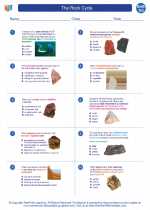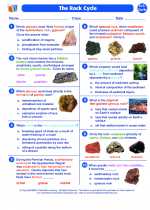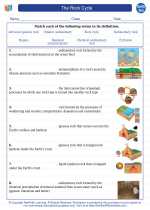Atomic Mass
Atomic mass is a fundamental concept in chemistry and physics that refers to the mass of an atom of a chemical element. It is a crucial property of an element, as it provides important information about the composition and behavior of matter.
Definition of Atomic Mass
Atomic mass is the mass of an atom of a chemical element, expressed in atomic mass units (amu). It is a weighted average of the masses of all the isotopes of an element, taking into account the abundance of each isotope in nature. The atomic mass is a decimal number because it considers the fractional abundances of different isotopes.
Calculating Atomic Mass
The atomic mass of an element can be calculated using the following formula:
Atomic Mass = (Mass of Isotope 1 x Fractional Abundance of Isotope 1) + (Mass of Isotope 2 x Fractional Abundance of Isotope 2) + ...
For example, the atomic mass of carbon, which has two major isotopes, can be calculated as:
(12.000 amu x 0.9889) + (13.00335 amu x 0.0111) = 12.0107 amu
Importance of Atomic Mass
Atomic mass is important because it is used to determine the molar mass of an element, which is crucial in chemical reactions and stoichiometry. It also provides information about the number of protons, neutrons, and electrons in an atom, which influences its chemical behavior and reactivity.
Study Guide for Atomic Mass
- Understand the concept of atomic mass: Atomic mass is the mass of an atom of an element, expressed in atomic mass units (amu).
- Learn how to calculate atomic mass: Understand the formula for calculating atomic mass and practice using it with different elements and isotopes.
- Recognize the importance of atomic mass: Understand how atomic mass is used to determine molar mass and its significance in chemical reactions.
- Practice problems: Work on problems that involve calculating atomic mass and understanding its implications in chemistry.
- Review isotopes: Understand the concept of isotopes and how they contribute to the atomic mass of an element.
By mastering the concept of atomic mass and its applications, you will have a solid foundation for understanding the behavior of elements and compounds in chemical reactions and the composition of matter.
.◂Earth Science Worksheets and Study Guides High School. The Rock Cycle

 Worksheet/Answer key
Worksheet/Answer key
 Worksheet/Answer key
Worksheet/Answer key
 Worksheet/Answer key
Worksheet/Answer key
 Vocabulary/Answer key
Vocabulary/Answer key
 Vocabulary/Answer key
Vocabulary/Answer key
 Vocabulary/Answer key
Vocabulary/Answer key
